It is becoming more popular to paint on a wall without wallpaper, as it is less susceptible to interference. Over the years, however, this once-colorless wall has been stained with dirt, cracks, and abrasions.
The majority of the time, it is easy to paint over old paint the first time. If the wall isn’t in good condition or the plaster is deteriorating, you will need to remove the old paint.
These tools and tricks will make it easy to remove old paint from walls.
Painting over is the most obvious way to go. You can begin immediately as long as your old coating is dry, stable, and can retain its original structure. You can usually make the old paintwork acceptable again by doing a little preparatory work. It takes a little bit more effort to eradicate wall paint.
Table of Contents
How to Remove old paint from walls?
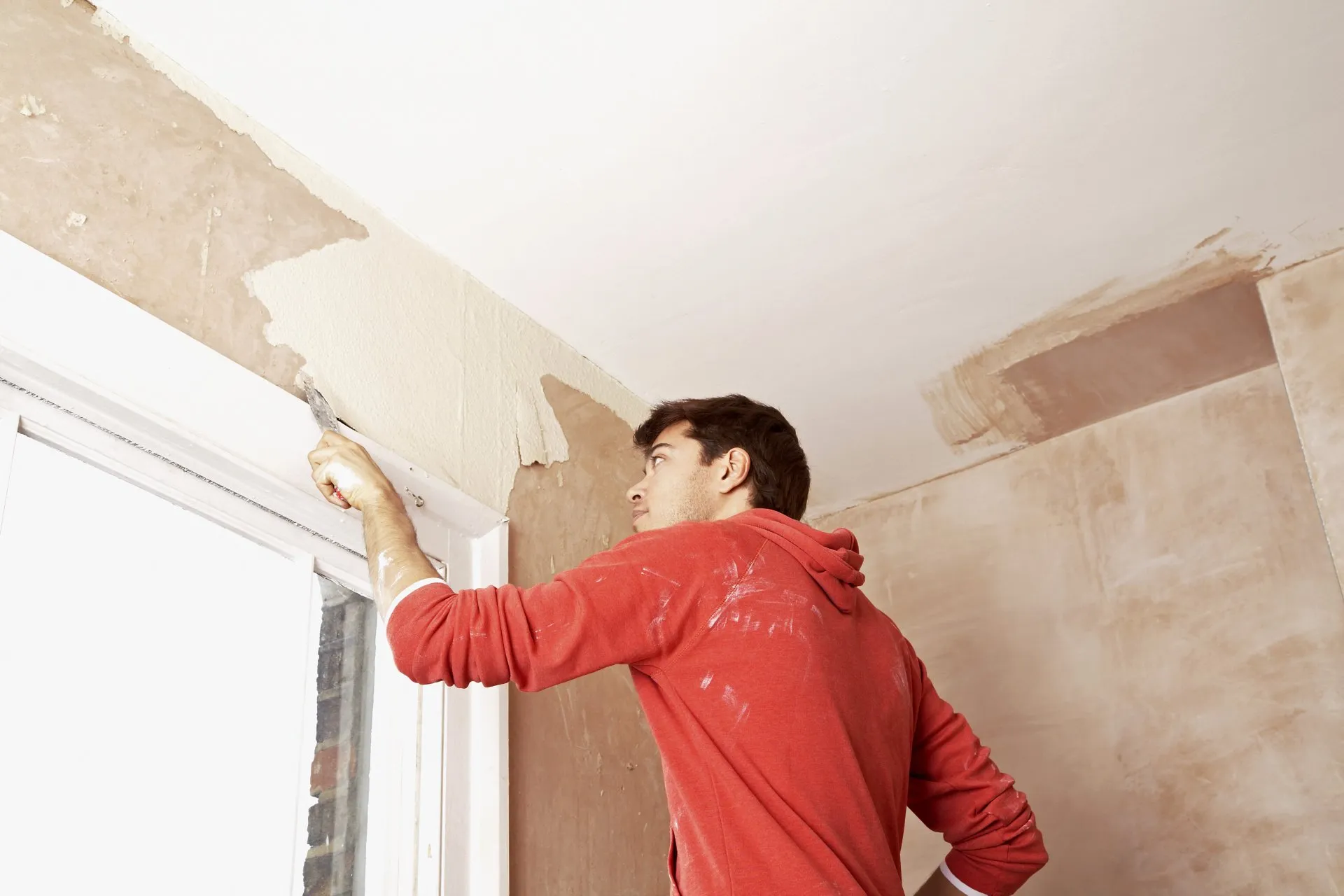
Removing paint from walls sometimes may be a cumbersome job to do. But if are willing to do some elbow grease, it will eventually be done with some proves tips and methods.
Remove wall paint by first checking the substrate.
You can usually remove paint from flat plaster by using a spatula or scraper.
Dispersion paint, such as e.g., Varnish, is not possible. Only superheated steam or paint strippers can help in this instance.
Easiest option: repainting
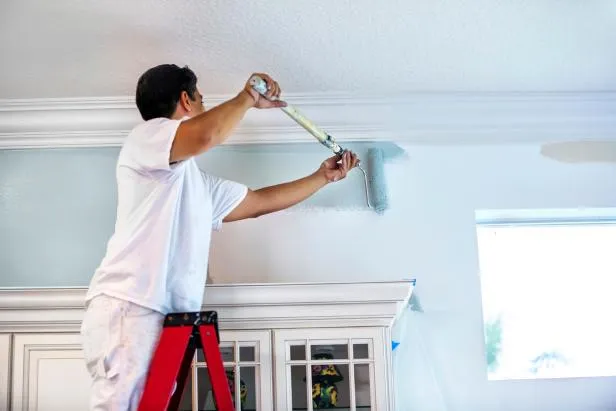
It is possible to paint over old paint if it is stable (clean, dry, and not crumbling) and has a good texture. Even bright colors can be painted over without problems. After the repainting, even a white one, the gaudy color underneath will no longer be visible. It is important to have a good coating, high-quality paint, and a high content of binder.
It is recommended that you choose the opacity and wet-abrasion resistance classes 1. Old coatings, such as grease or dirt, should be removed before repainting (e.g. In the kitchen, any old coatings that are dirty or greasy. For repainting the apartments of smokers, special paints can be used.
If the paint is yellowed, dirty, greasy, or dusty, it’s best to clean it as soon as you can. Although it’s not fun to scrub or wash old walls, it’s much easier than stripping their entire paint layer. Primers are helpful but not necessary for improving adhesion or opacity in new paint coats.
Water-based wall paint is easy to wash off.

You can remove water-based paint with warm water and a sponge. Begin by soaking the color in water with a sponge. Cover the floor adequately.
You can then wipe off the softened paint with a sponge and scrub it off. It is a tedious but dust-free job that can be done over large areas. You may be able to “almost,” wash off old paint in certain areas instead of trying to remove all the color pigment.
Note: Many wall paints can be removed easily with a sponge, as they are water-based.
Case of stubborn emulsion painting Also, dispersion paints are one of the most popular wall paints. They are made up of solvents, fillers, and binders. Dispersion refers to a mixture of at least two substances (emulsions) that are chemically combined. There are two types of wall paints that are commercially available: synthetic resin dispersion and natural resin. For tinting, use white pigmented paint with solid colors. These paints are not easy to remove with soft methods. It is often true in bathrooms. Its where "harder" measures are necessary, and sometimes even stripping is required. Tip: Only a professional painter or company with specialized knowledge can identify paint immediately. You don't have to know the color of the old coating if you are a layman. You can start with the gentler methods (water sponge, paint over, spatula sponge) and then move on to the more dangerous, more hazardous ones.
Use a spatula to remove paint.
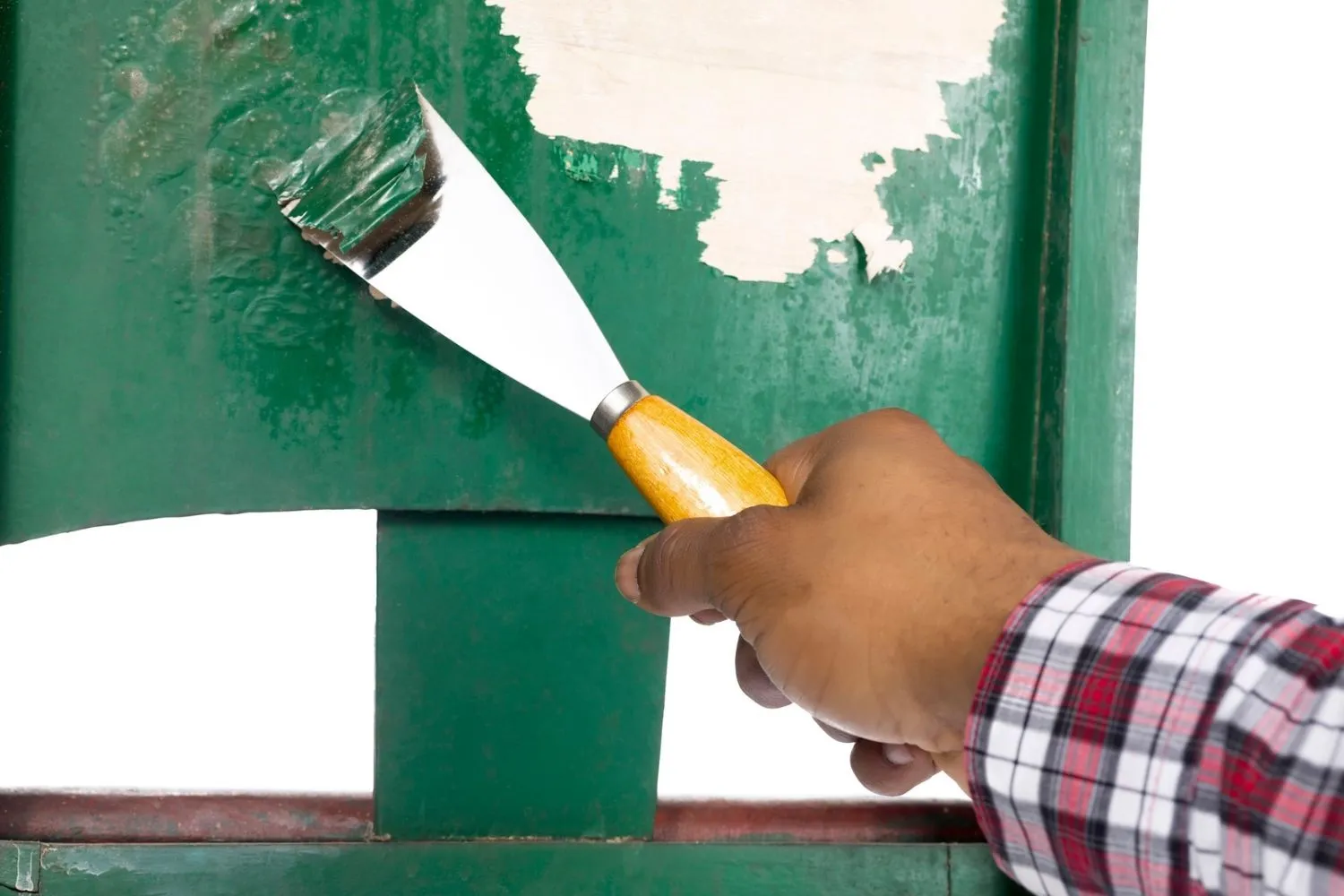
It is easy to remove old paint from smooth surfaces with a spatula. Nevertheless, this method only works when you want to get rid of the bottom layer of paint physically and visually. It is likely faster, easier, and you will not have to dispose of leftover paint if you apply a new, thin layer of smoothing putty instead of painting over unattractive features.
You can then use a scraper or spatula to loosen the paint. The more effective the scraper/spatula is at removing paint from walls, the better.
Note: Use pressure gently!
Scrape as carefully as you can to avoid causing plaster damage.
Start from the top, then work your way down. You will not need any paint. Protective goggles are recommended as small splinters can whirl around the work area. To avoid injury, we recommend using work gloves.
Use a wire brush for hard surface
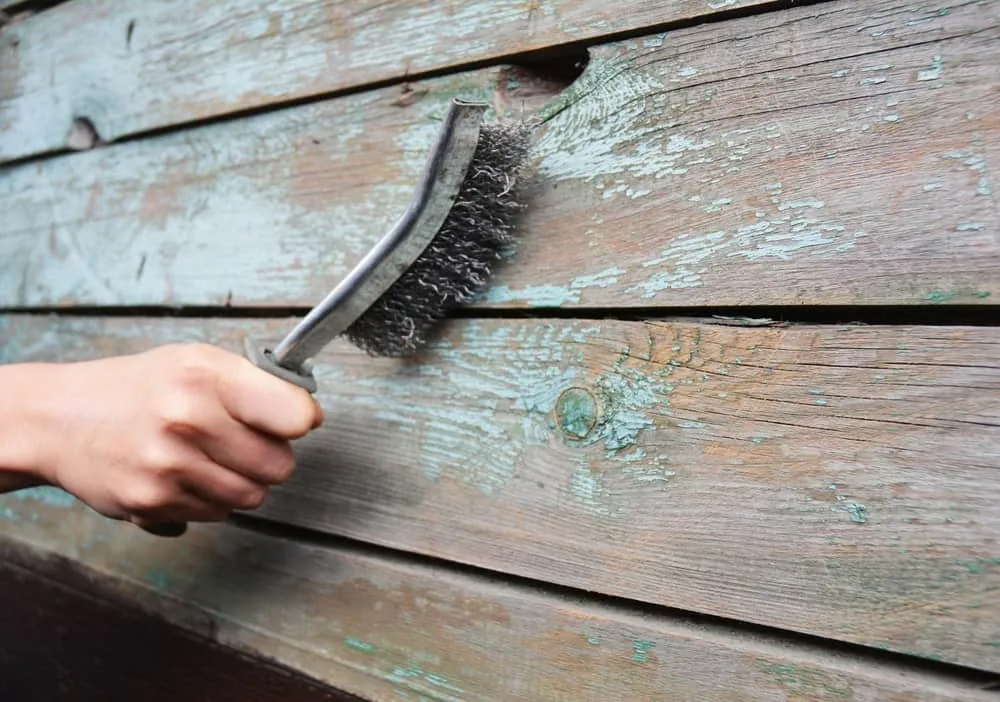
Use a wire brush to remove old paint that is stuck to the wall. A wire brush attachment may be available for your drill. You don’t necessarily have to use the Festoon router, which many professionals love because of its infinitely variable penetration depth.
Protective masks should be worn when using a router, drill, or grinder.
Test the wire brush on your surface to see if it produces any useful results. If not, it still remains:
Also read, How do you Brighten an Oak Kitchen? How to Remove Scratches from Induction Hob
Use a sandpaper
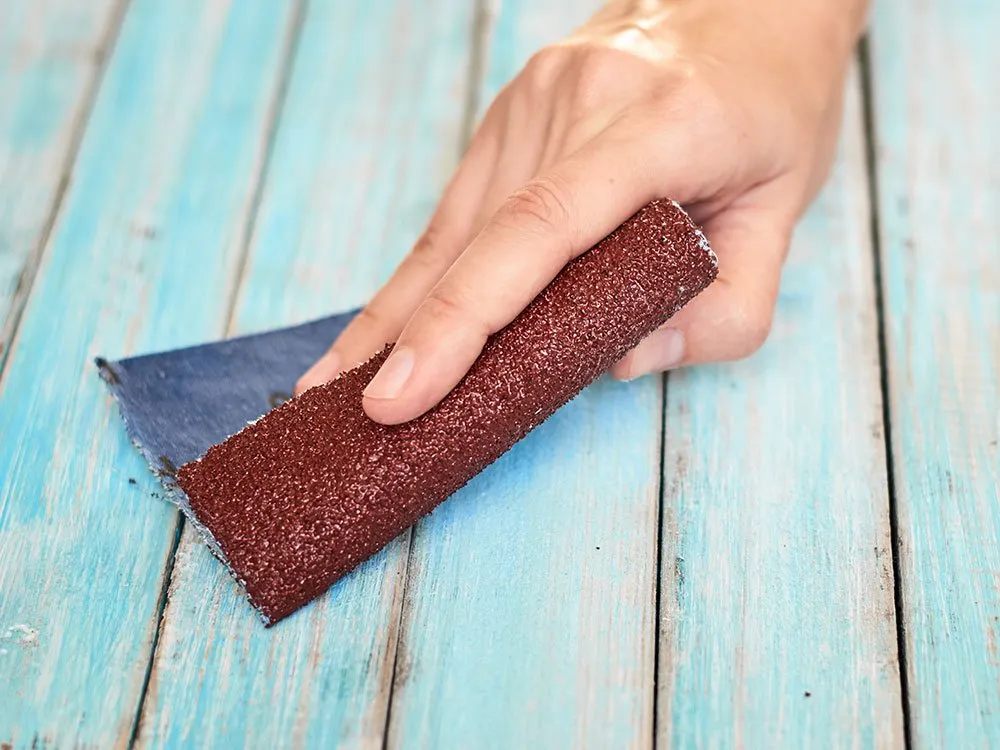
Sandpaper is gentler than wire brushing and milling. You should use a finer grade of sandpaper for unstable surfaces. Sanding is only used to smoothen the surface. After that, you can use the filler. Sanding by itself is not always enough.
The protective mask protects the lungs and prevents any damage. We don’t know what chemicals were in the old paint.
Remember that any texturing is going to be sanded.
For hardship cases: Hammer and chisel
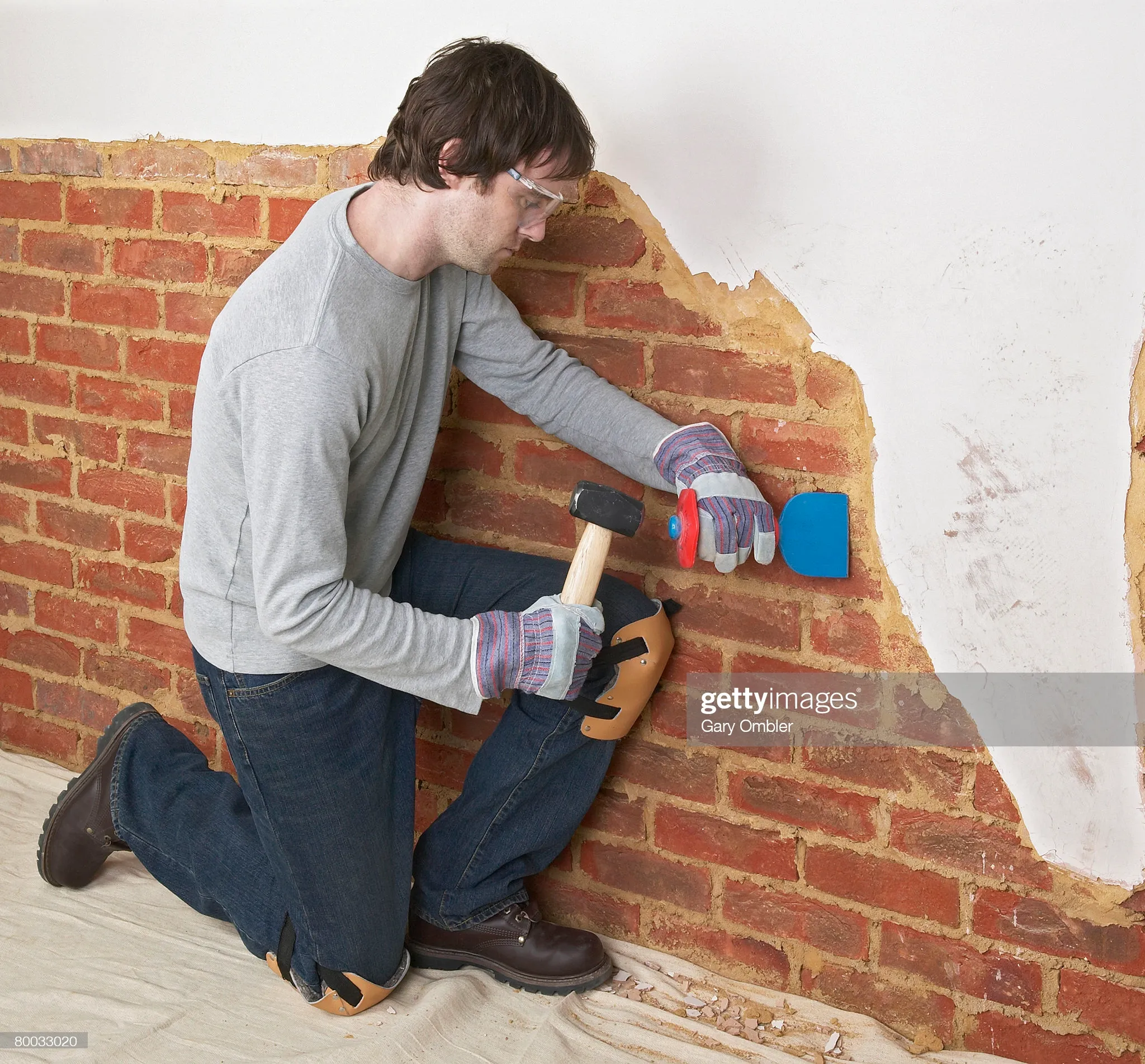
Sanding may not be a good idea if the old plaster is too loose or jagged. Although this is the most labor-intensive method to remove old paint from walls, it can be beneficial and durable in older buildings.
Furthermore, you can use ecological materials to build the new plaster or paint layer. This “repainting” is the best option for your health.
It takes a certain amount of skill to plaster a wall flat and smooth.
High-pressure cleaner
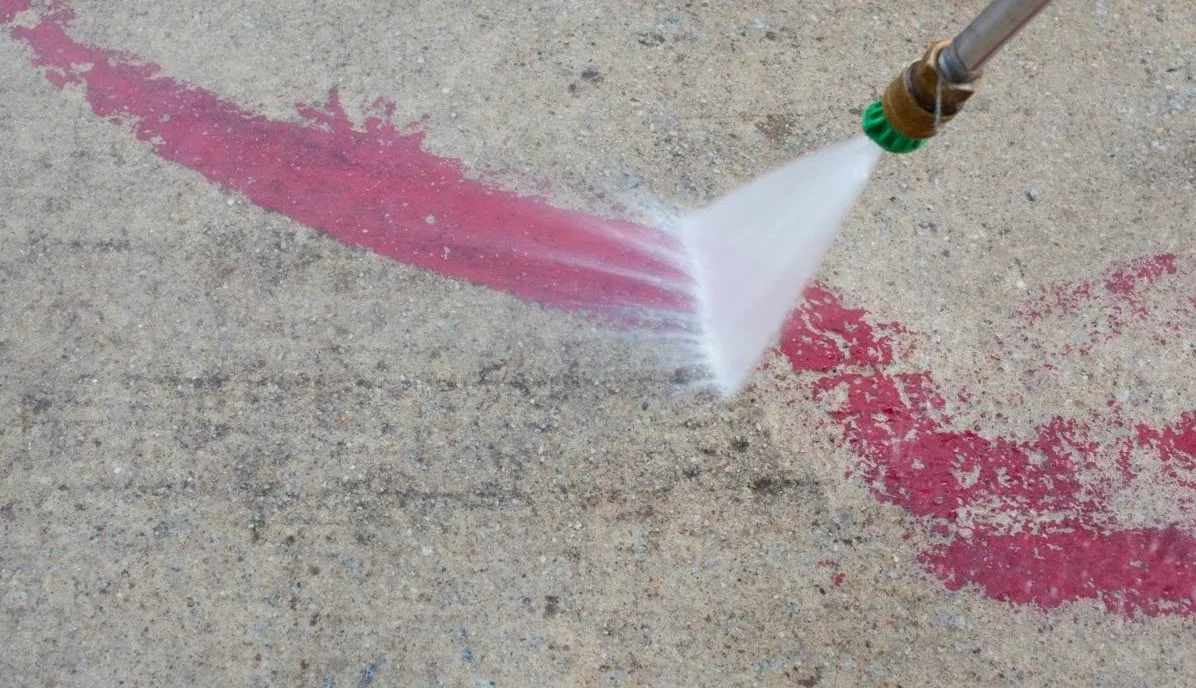
A pressure washer is a good option for some rooms and core renovations. However, you should be aware that a pressure washer can cause collateral damage. You can do this by punching holes in the plaster or by removing the window seals. It is essential to let the wall completely dry before applying the paint after pressure washing.
Chemical paint stripper
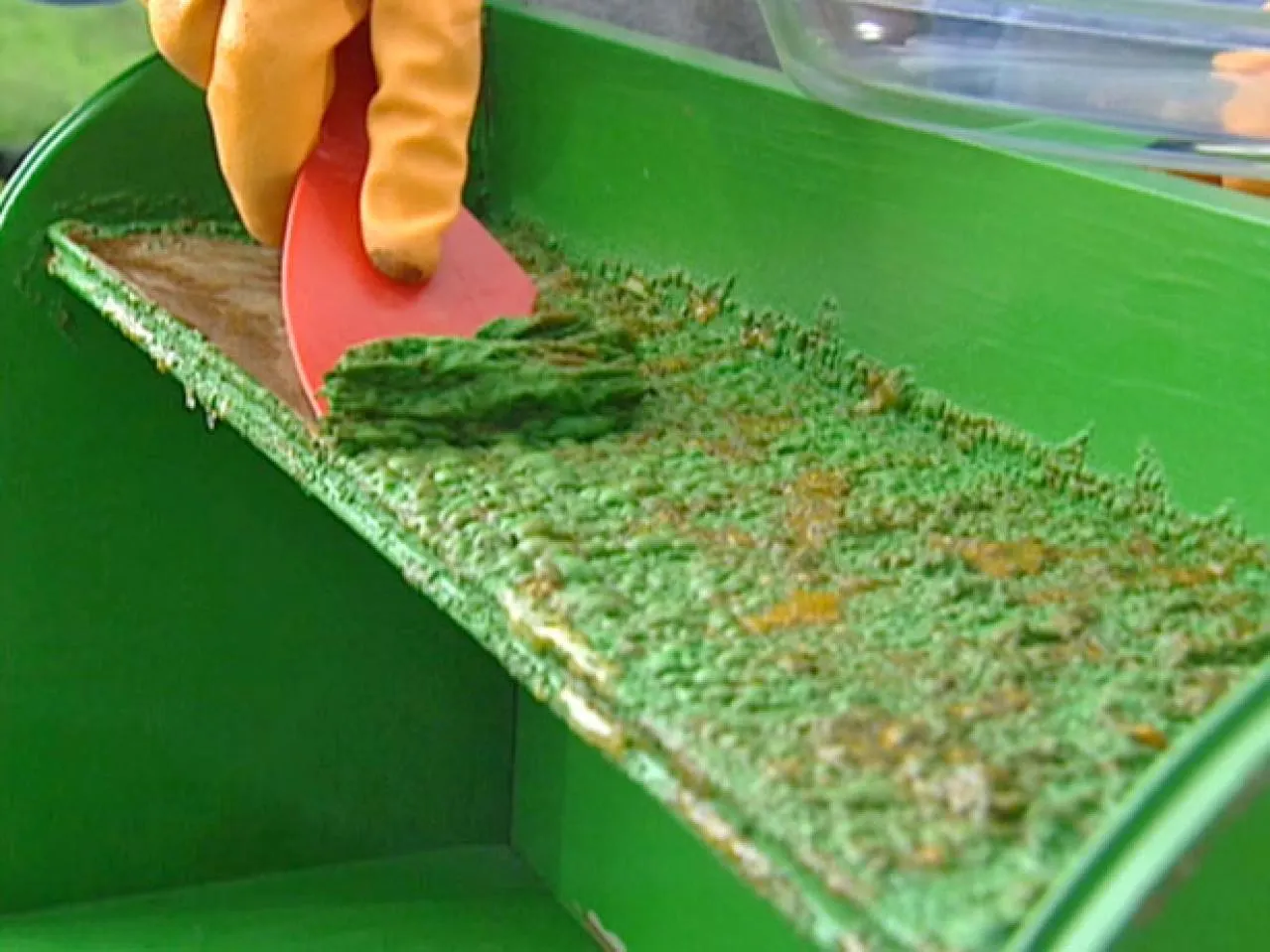
Paint on walls Chemical paint removers are great for removing old paint. It can be removed chemically with caustic soda or potassium hydroxide. These agents can remove even stubborn layers of paint that adhere to substrates. These agents can also remove paint from small cracks and recesses.
After the chemical, please wait until it fully absorbs. The old paint can then be washed or blasted away after being applied and soaked.
But, this would be an exception. The mechanical version with a dust mask is eco-friendlier and safer.
Important: You must ventilate the room during work.
Heat gun

Hot air can dissolve old paint, particularly Varnish. When heated, many paint colors will lift from the substrate and can be scraped with putty knives or, if necessary, with a wire brush.
This method is particularly suitable for latex and acrylic paints.
A heat gun can be used to loosen old layers of paint. This is a gentle and effective way to get rid of it. It takes some time, so I wouldn’t recommend using the heat gun on areas difficult to reach. Sometimes, a strong hair dryer suffices.
One disadvantage is that, when the paint is heated, it emits odors or vapors. Another is that the heat produces damage to the paint. As the color is heated to several hundred degrees, it is strongly recommended that you wear respiratory protection, and your substratum should be fireproof or heat resistant.
What happens after the paint is removed from the wall?
After using water or chemicals on the wall, let it dry completely. In the next step, you fill up any unevenness several times and grit it with sandpaper. Preparing the ceiling for a new paint job can be facilitated by using an emulsion paint or deep primer. It is then possible to apply the new paint after 1 day.